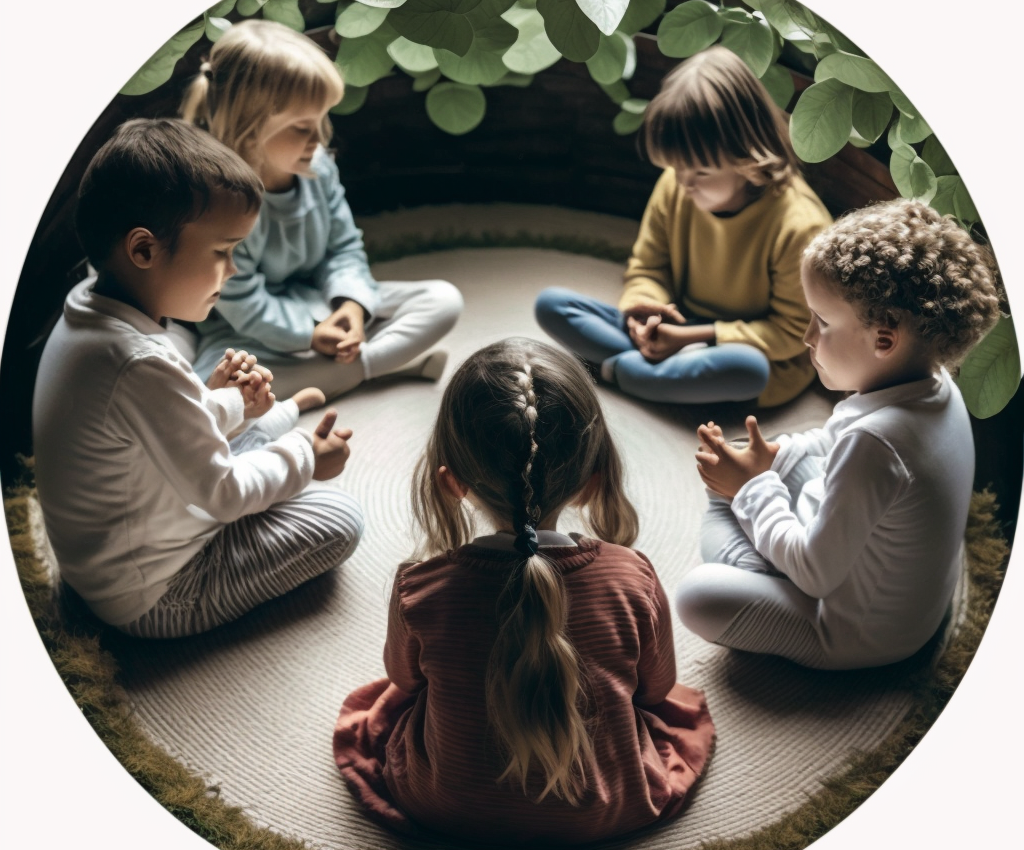
At Dynamics Psychological Practice, we witnessed firsthand the transformative power of mindfulness in the lives of the children we serve. With the fast-paced nature of today’s world, it is essential to teach our children the tools to cope with stress, anxiety, and distractions. In this comprehensive blog post, we will explore the concept of mindfulness, what it is not, and several simple ways you can practice mindfulness with your children.
What is Mindfulness?
Mindfulness is a mental state achieved by focusing one’s awareness on the present moment, while calmly acknowledging and accepting one’s feelings, thoughts, and bodily sensations. It is a practice that fosters self-awareness, self-regulation, and emotional resilience. By cultivating mindfulness, individuals learn to pay attention to their inner experiences without judgment, allowing them to respond to life’s challenges with greater clarity and equanimity.
What Mindfulness is Not
Mindfulness is often misunderstood or misconstrued as being solely about relaxation or emptying the mind. While relaxation can be a byproduct of mindfulness, the practice is not about reaching a state of total relaxation or eliminating thoughts. Instead, mindfulness involves observing thoughts and feelings as they arise and letting them pass without judgment or attachment.
Ways to Practice Mindfulness
- Mindful Breathing: Teach your child to pay attention to their breath as it goes in and out. This can be done anywhere and at any time. Encourage them to take slow, deep breaths and focus on the sensation of air entering and leaving their nostrils.
- Body Scan: Guide your child through a body scan, in which they focus on each part of their body, one at a time, noting any sensations or tension. Start at the toes and work your way up to the head, encouraging your child to release any tension they may feel along the way.
- Mindful Eating: Turn mealtime into a mindfulness exercise by encouraging your child to eat slowly, savoring each bite. Have them focus on the taste, texture, and smell of the food, as well as the sensation of chewing and swallowing.
- Mindful Walking: Go for a walk with your child, encouraging them to pay attention to the sensation of their feet hitting the ground, the feeling of the air on their skin, and the sounds around them. This practice can help children become more aware of their surroundings and develop a greater appreciation for nature.
- Gratitude Journal: Encourage your child to keep a gratitude journal, in which they write down three things they are grateful for each day. This practice helps cultivate an attitude of gratitude and fosters positive thinking.
- Mindful Listening: Teach your child to practice mindful listening by focusing on the sounds around them without judgment or interpretation. This could include the hum of the air conditioner, birds chirping, or even their own heartbeat.
Conclusion
Mindfulness is a powerful tool that can help children navigate the complexities of life with greater ease and resilience. By incorporating simple mindfulness practices into your child’s daily routine, you are empowering them with the skills to better manage stress, anxiety, and emotional challenges. Remember, mindfulness is a lifelong journey, and regular practice is essential for reaping the benefits of this transformative practice.



